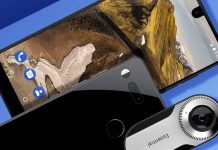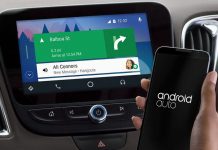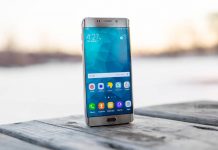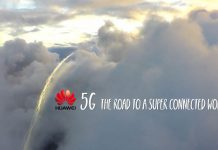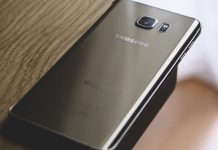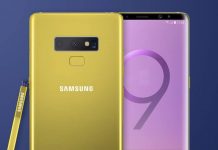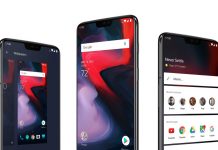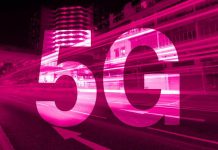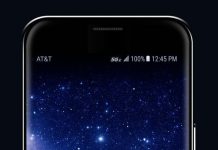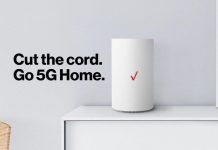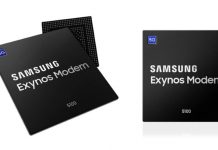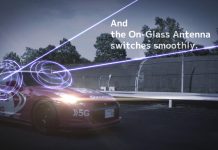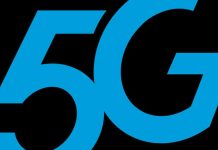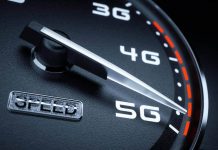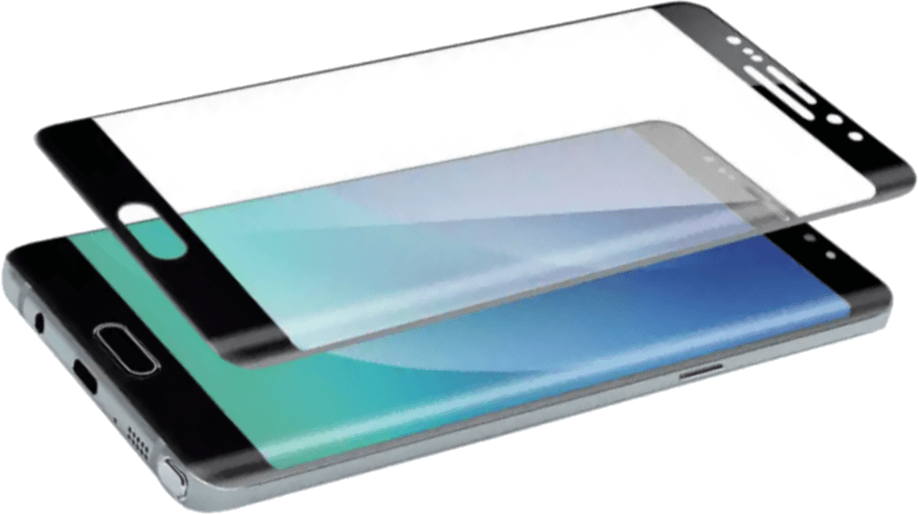The base stations are connected to the backhaul network by fiber optic or radio links. Which ones are better? Ericsson and the German department of T-Mobile assume that both technologies are just as good. Recently, they managed to setup a radio link with a rate of 40 Gbps and a delay of less than 100 us (0.1 ms). Exactly, these radiolines are needed to build a 5G network!
Mobile network operators must ensure that each base station is properly connected to the core network. In the end, adding more antennas and radio systems, as well as sectors, will not bring the desired benefits if the link brought to the transmitter will become clogged. Today, the standard is that the new cellular network transmitters are connected using gigabit links. 1 Gbps is the absolute minimum, while stations that aggregate more traffic have 10 Gbps fiber optic cables. However, this is still not enough, as we will think about the possibilities of the 5G network. Therefore, the base stations for the new technology already support 40 Gbps links. Therefore, Ericsson and Deutsche Telekom want to be sure that 5G networks will be able to be built on the basis of fiber optic infrastructure as well as radio lines.
40 Gbps over the radio makes is very impressive
Getting a huge data transfer speed is not very much art. It is enough to apply a higher order modulation and a wider bandwidth. In the case of the 5G network, the second parameter describing the link parameters is also important here. This is, of course, a delay. The new generation of cellular networks is to provide virtually zero delay communication. Therefore, any element that is in the way of packet transmission can overwhelm this assumption. Fortunately, the solution designed by Ericsson enables data transfer at 40 Gbps with a delay of up to 100 microseconds (0.1 ms). Thanks to this equipment Swedes can be used to build radio lines, which will prove to be an integral element of 5G network architecture.
Deutsche Telekom (owner of the T-Mobile group) conducted a test at the Athens operator center. The radio link was put together on a distance of 1.4 kilometers and used the E band (70/80 GHz). The entire setup consisted of the Ericsson MINI-LINK 6352 and Ericsson Router 6000 devices.
Source: Deutsche Telekom, Ericsson


